
Exploring the Divine Hierarchies and Rivalries Across Mythologies From the peaks of Mount Olympus to the shining gates of Asgard,...
Stay ahead of the curve and educate yourself with our latest blog post. Explore now and elevate your knowledge! ⇢

Exploring the Divine Hierarchies and Rivalries Across Mythologies From the peaks of Mount Olympus to the shining gates of Asgard,...
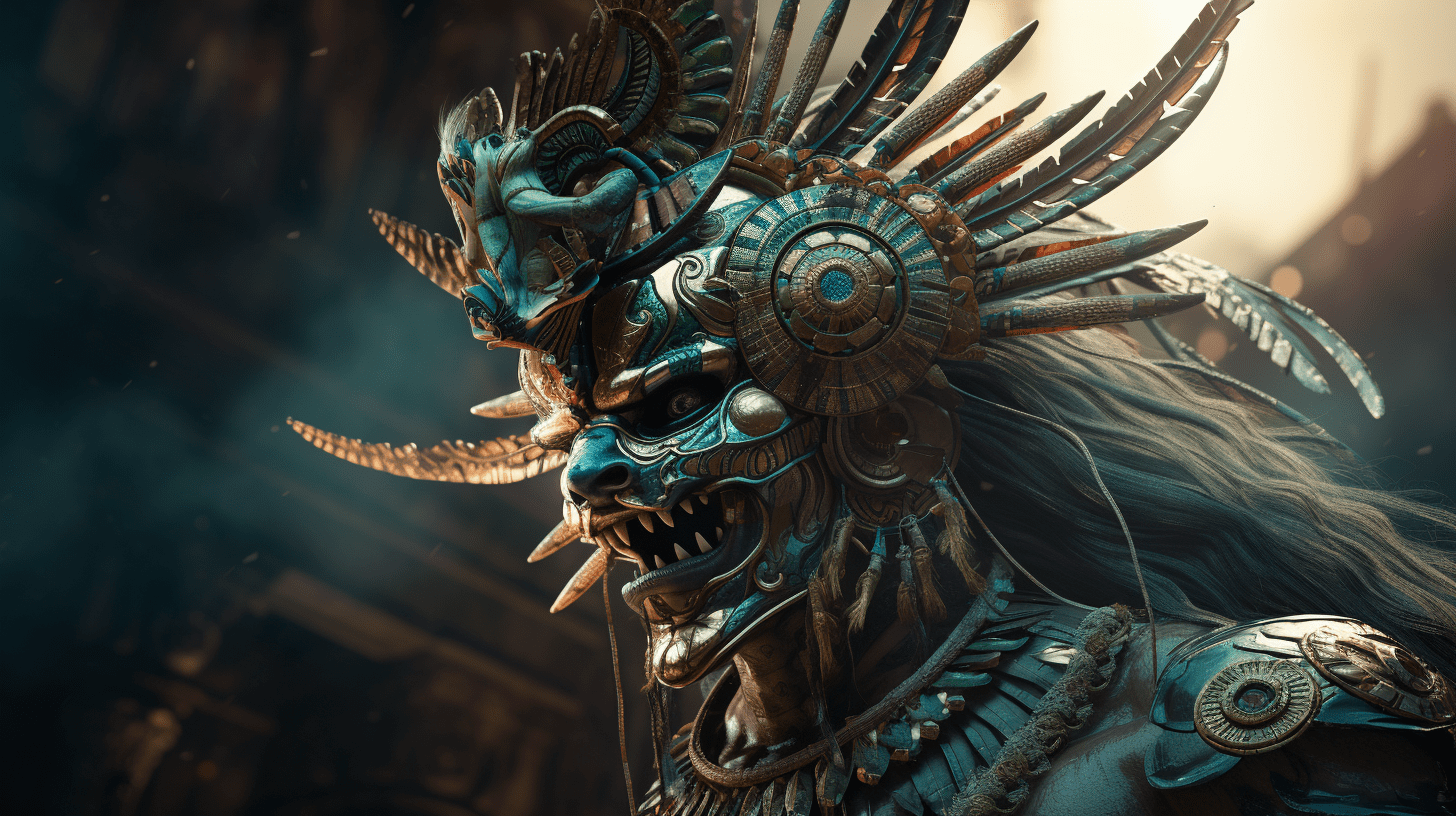
Quetzalcoatl is a deity in Mesoamerican mythology, revered by many cultures in the region, including...
— ADVERTISEMENT —
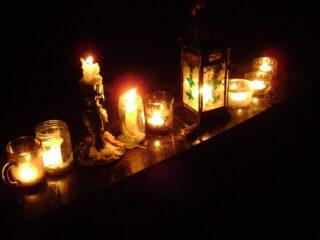
Celebrates the end of the harvest. Samhain, or the Witches’ New Year, occurs on October 31 (or May 1, if you’re in the Southern Hemisphere). You might honor the return of the King of Winter by celebrating the end of the harvest. Animal-honoring rites. Over thousands of years, man’s relationship with animals has evolved. Whereas they were formerly merely a source of food, they are today our companions. In a Samhain ritual, take a moment to respect the animal spirits. Ancestors are being honored. Many Wiccans and Pagans believe that honoring their ancestors is an important aspect of their beliefs....

The name “Talisman” comes from the Greek verb “teleo,” meaning “to accomplish” or “to put into effect.” A talisman or amulet is a magical object that is believed to bestow supernatural powers or protection on its bearer. Almost every religion in human history has offered little beautiful things to its followers with the intention of healing, protection, or success. Very often, the talisman symbols are taken out of sacred geometry. Archaeologists, anthropologists, and geometricians all refer to the religious, philosophical, and spiritual beliefs that have developed around them as “sacred geometry.” It is a term covering Pythagorean geometry and neo-Platonic...
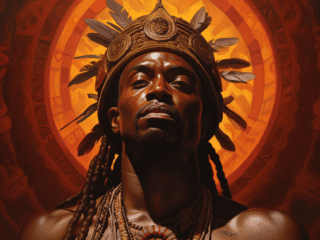
The Yoruba God of Thunder and Justice Shangó, also known as Xangô or Shango, is one of the most revered and worshipped Orishas in the Yoruba religion. Orishas are the gods and goddesses in the Yoruba pantheon, each of which represents a specific force of nature or aspect of life. The orisha Shangó, who is arguably the most well-known, is in charge of the drums, dance, lightning, thunder, and fire. He is the definition of virility and a warrior orisha with quick wits and a quick temper. For a while, Shangó assumed the persona of the fourth Alafin (ultimate king)...
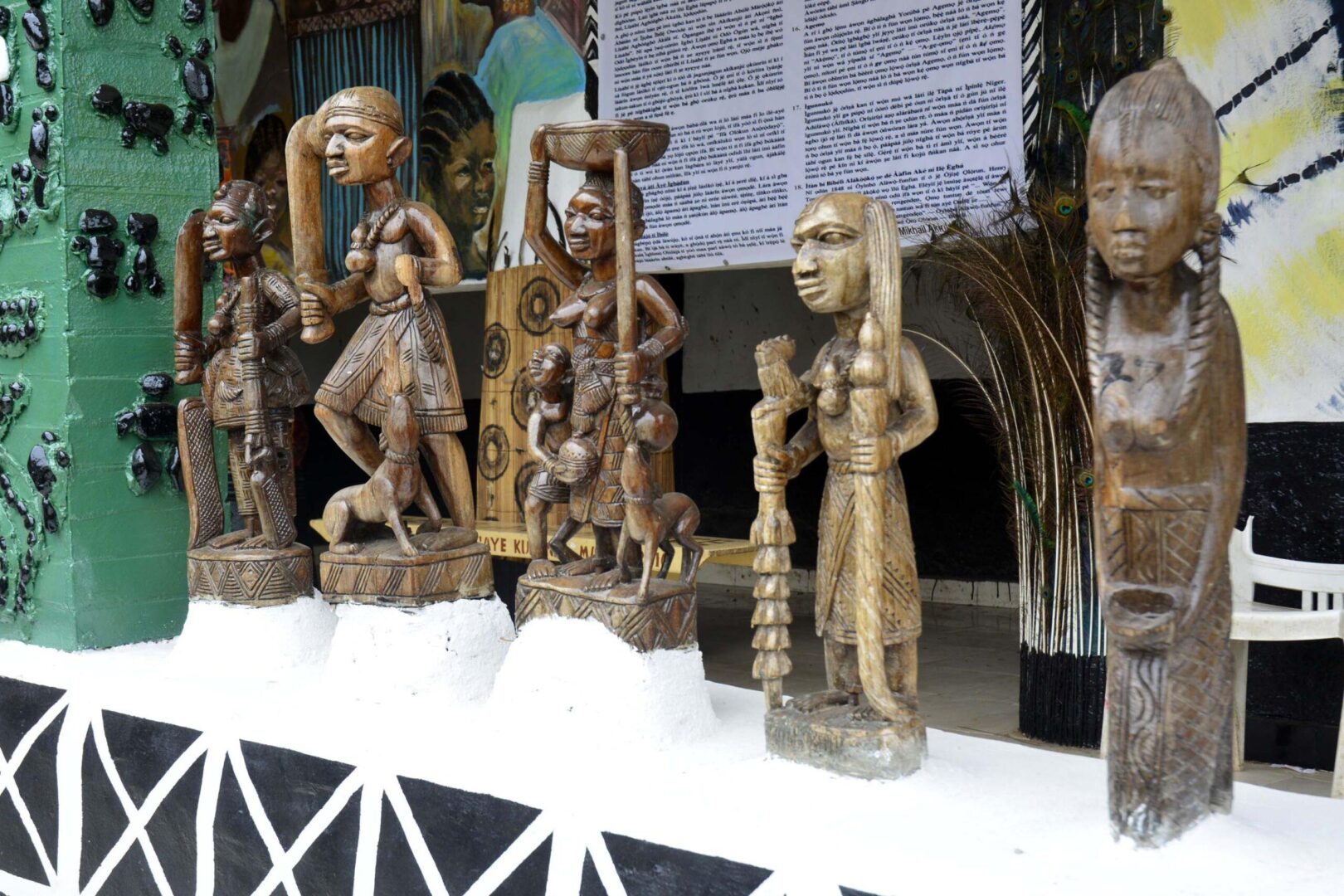
Orisha (also spelled Orisa and Orishas) are supernatural beings in the Yoruba religion of West Africa that are often referred to as deities, despite the fact that they are actually emanations or avatars of the ultimate entity, Olodumare. Their number is typically stated as 400 + 1 as a form of abbreviation for “without number” or “innumerable.” Belief in the Orishas is estimated to have developed between 500 and 300 BCE, but it is most likely considerably older, as archaeological evidence supports this date and many West African sites remain unexcavated. According to Yoruba religion, Olodumare is too vast for...
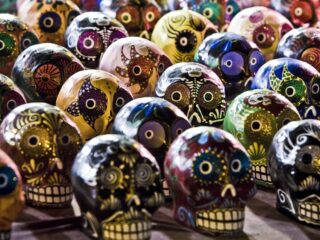
While Halloween is observed on October 31, Día de Los Muertos is observed on November 2. Many of the communities that celebrate Dia de los Muertos also celebrate Halloween. The “Day of the Dead” is a tradition that started in ancient Mesoamerica, which is now Mexico and northern Central America. There, native peoples like the Aztecs, Mayas, and Toltecs held special holidays to remember their dead loved ones. Depending on whether the deceased was an adult or a kid, specific months were set aside for commemorating them. With the arrival of the Spanish, this way of remembering the dead became...
— ADVERTISEMENT —
We are currently in the middle of a website overhaul, so pages/posts might not look the way we want right now. But, our content is still available for everyone to enjoy.
Sorry for the inconvenience!
We will be fully up and running soon.